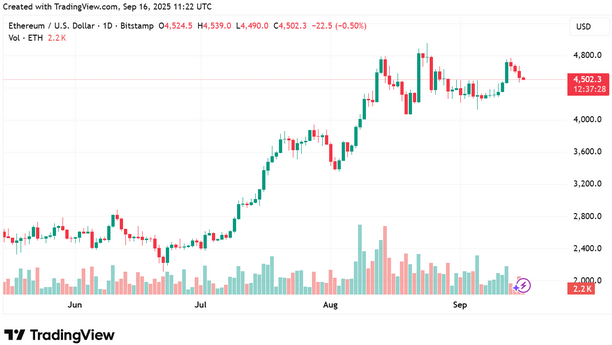A senior White House official told reporters they are working to make a deal for TikTok
A senior White House official said in an email to reporters that the Trump administration is collaborating with Oracle Corp. to craft a deal for TikTok. Details are still fuzzy about the extent of the administration’s role in managing the platform, but its control seems to be at the heart of the deal.
Nonetheless, the White House official maintained that the new agreement would guarantee data security, allowing oversight of the algorithm that curates user feeds and access to its source code.
The US government has been taking up stakes in companies
So far in his second term, President Donald Trump has approached governing much like an activist investor would manage a portfolio on a global scale. The administration announced in June that it had obtained a “golden share” in US Steel, ensuring that America retains influence despite the company’s takeover by Nippon Steel. At the time, Trump said the arrangement gave Americans a 51% stake in the company, but it wasn’t immediately clear how that figure was calculated.
In August, the government also acquired a 10% stake in Intel Corp., which had been struggling. According to the tech company, the US was issued 433.3 million shares of common stock, though it will have no role in management. Secretary of Commerce Howard Lutnick had described the deal as a landmark moment for US semiconductor leadership, and Trump referred to it as a “great deal for America.”
The pattern continued in September, when Pfizer reached an agreement to offer prescriptions on TrumpRx, a government-backed website, in exchange for eased tariffs.
Now, for the TikTok deal, under Trump’s order, the Attorney General will receive data from the joint venture, and security partners may share it with other officials, potentially leading to significant oversight of user information. Final details are still being hammered out and will require approval from the Chinese government, which has not yet publicly endorsed the plan. Should the proposal move forward, Trump and his administration might wield significant control over TikTok, including its moderation policies and response to law enforcement inquiries—powers that other platforms have long opposed.
Trump promises fair oversight of TikTok
Trump has tried to ensure that the administration’s oversight will ensure equal rights for all users. He adds that there will be heavy-handed state control, but the process of moderation will try to be fair and transparent. Officials say a joint venture could have independent review boards that would conduct regular audits to prevent bias and undue political influence.
Despite these assurances, experts and critics remain cautious. The potential for a sitting president to influence a major social media platform is unprecedented, raising concerns about privacy, free expression, and the blurred lines between government authority and corporate operations. Analysts warn that even with oversight mechanisms, the administration’s involvement could shift the platform’s policies, potentially affecting what content is amplified or suppressed.
There are also questions about international ramifications, as TikTok’s parent company, ByteDance, is based in China, and the deal may set a precedent for government intervention in global tech platforms. Lawmakers and digital rights advocates are closely monitoring the situation, highlighting the tension between national security, corporate control, and democratic principles.
Get seen where it counts. Advertise in Cryptopolitan Research and reach crypto’s sharpest investors and builders.
You May Also Like

Ethereum Price Prediction: ETH Targets $10,000 In 2026 But Layer Brett Could Reach $1 From $0.0058

Aave DAO to Shut Down 50% of L2s While Doubling Down on GHO
